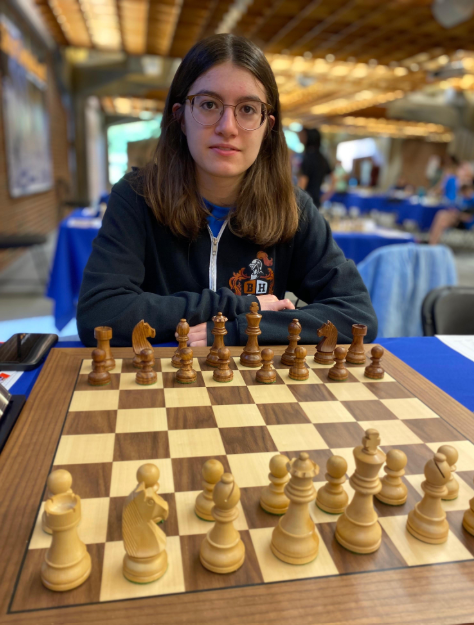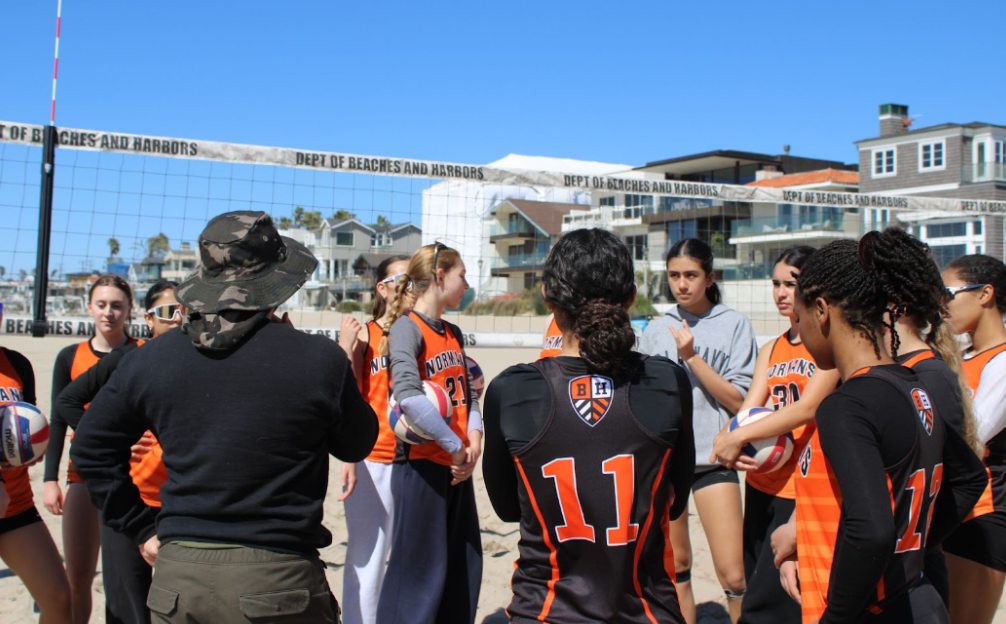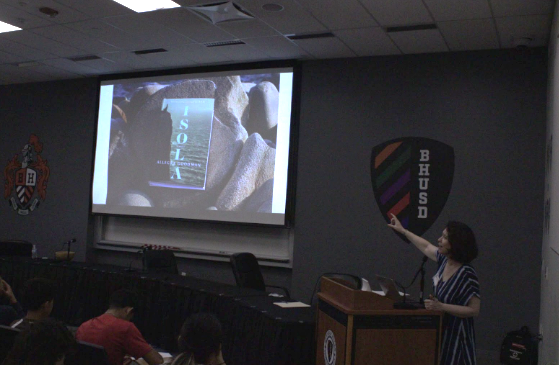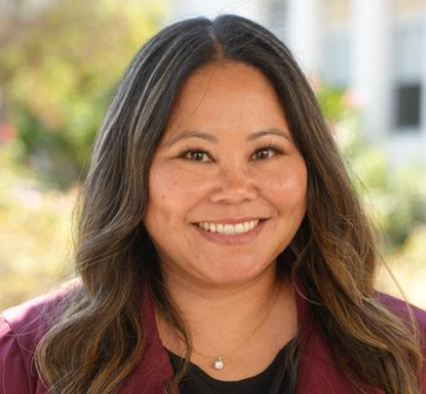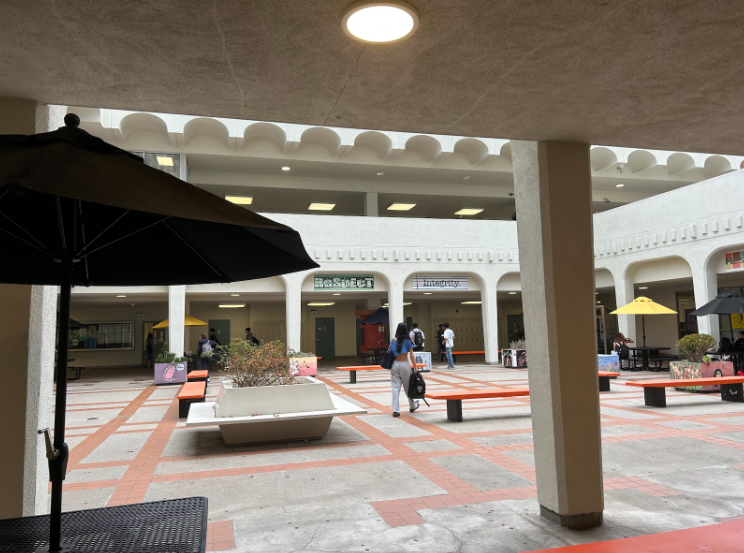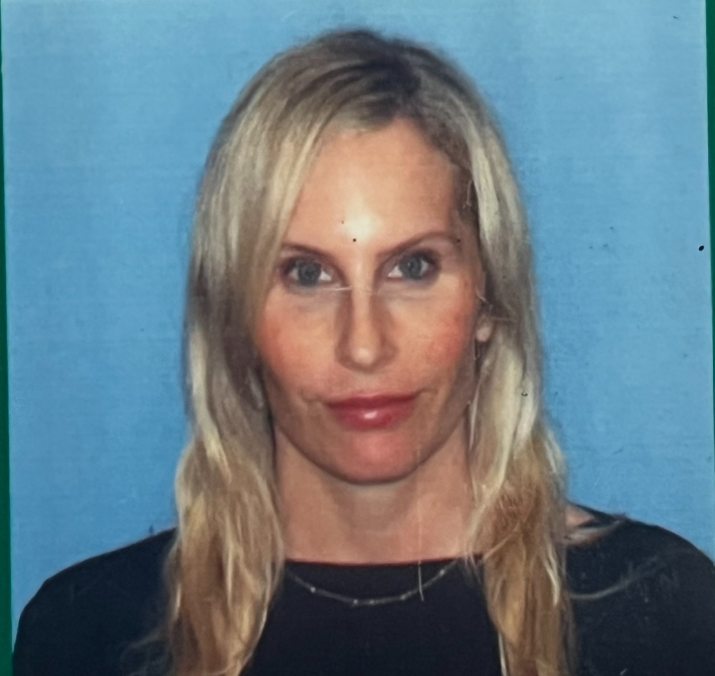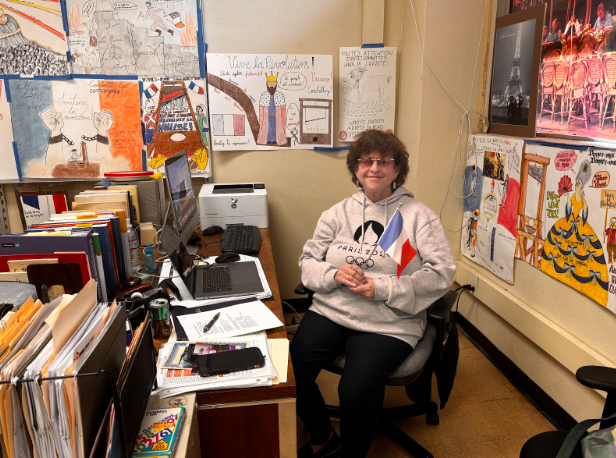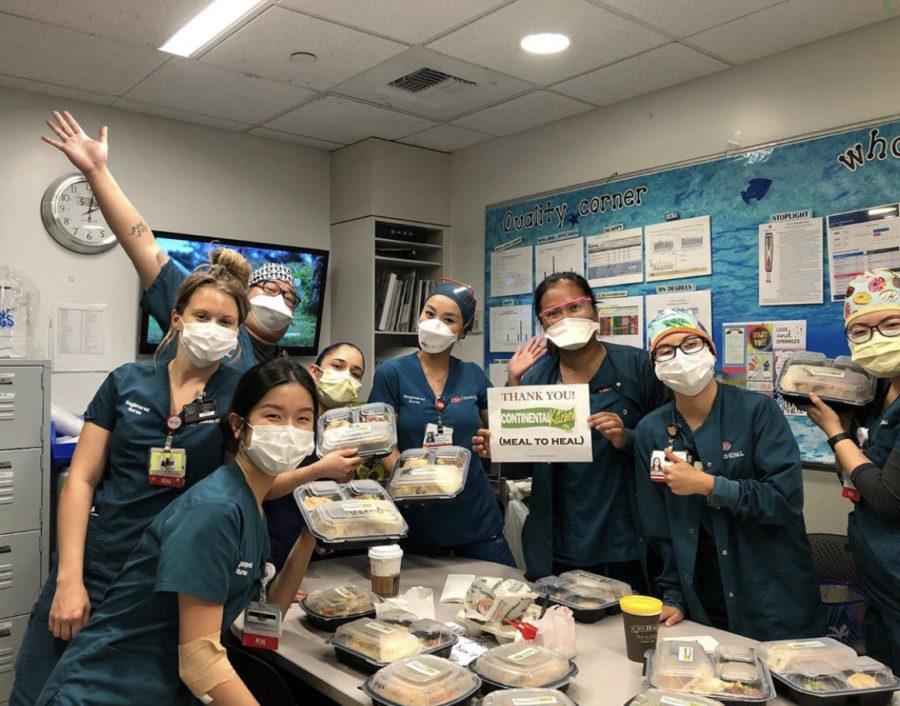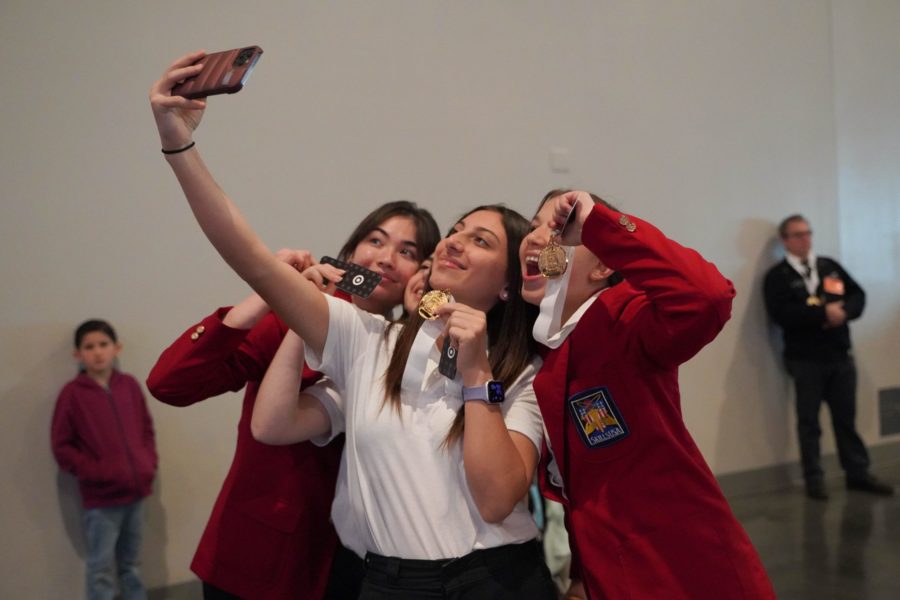Emma Newman staff writer
Candice Anvari staff writer
Victoria Hirsh staff writer
Pharmacist Mark Sanchez went into Cedars-Sinai Hospital for work like he would any other day. Except it’s not like any other day. On this day, he treated his first COVID-19 patient, a young girl. The girl reached for her medication, but she could barely lift her hand because the coronavirus weakened her muscles.
Since the coronavirus pandemic hit Beverly Hills, Cedars-Sinai medical workers like Sanchez have worked with patients to help them overcome the virus.
Cedars-Sinai has consistently supplied its staff with protective gear and proper sanitation, unlike other hospitals at the beginning of the outbreak. The institution offers all COVID-19 tests to the patients that fit the symptom criteria. In order to keep their patients and their staff safe, the hospital designated a specific section of the workplace for COVID-19 patients.
However, doctors were still nervous when the cases started rolling in.
“The risks of being a doctor during this time did not become apparent to me until I treated my first patient,” family medicine doctor Lora Bofill said. “My mind immediately jumped to my family when the patient came in to get treated because there’s always that possibility that a patient can give me the virus, no matter how cautious I am.”
When speech-language pathologist Jessica Wang first started seeing patients with the coronavirus, she noticed the worry in their eyes.
“There was a fear and helplessness in their eyes initially, I think, because it was such a scary thing for everybody but more so for them because they were in the hospital bed,” Wang said.
She also felt the fear of the unknown, acknowledging that the change needed to combat COVID-19 was “not going to happen over night.”
Now that COVID-19 has become a regular part of hospital life, routines have been normalized. Bofill supplies patients with oxygen and ventilators for severe cases and medication for the milder cases. After she treats the patients, she brings them back for a follow-up appointment once they have spent time in quarantine.
Sanchez also supplies his patients with medication, which is the main focus of his work as a pharmacist. He typically gives COVID-19 patients medicine that is commonly associated with the flu because of the “commonalities” the two diseases share.
Speech-language pathologist Elana Lavi takes a bit of a different approach to treating patients with the virus. Because of her field, she focuses on helping the patients swallow after being on a ventilator.
“Breathing and swallowing go hand in hand together,” Lavi said. “I was assessing their swallow to see if they’re safe to eat and if they’re not working with them on getting back to being able to safely.”
Lavi, who typically treats patients for around one to two weeks, believes that she is helping the world when treating these patients by giving them the “basic life pleasure” of eating and drinking.
“Eating is something that we don’t think about,” Lavi said. “Nobody thinks about eating until there’s a problem. It’s just something that we all take for granted, so being able to help these patients who many of them were completely functional before… is making a difference.”
When working to treat patients with the virus, Bofill noticed a variety of factors that come into play, like age, lifestyles and medical history. One factor that has been challenging is smoking.
“I’ve seen people come in and admit to me that they smoke every day, which is why they’re scared of the virus they contracted,” Bofill said. “Smokers tend to need the ventilators because their lungs are already damaged from smoking so the virus does a number on their respiratory system.”
She also finds it difficult to see her patients in pain and observe their delayed recovery.
“It’s really challenging for me to see these young kids with symptoms,” Bofill said. “It’s also hard seeing patients who I try to treat to the greatest extent, but see no progress since there’s clearly no cure for the virus at the moment.”
One of the biggest obstacles that Lavi has faced when treating patients with the coronavirus was learning how to adjust her normal training with the families. While the training now takes place through phone calls and video chats, she still thinks that the fact that they are not physically present makes the experience more difficult.
“It’s really hard because family is not able to be there with them, so that’s a hard thing because a lot of what we do is family training,” Lavi said. “A lot of these patients, from being in the hospital for so long, have some cognitive impairments, and so working with these patients to get them back eating can be a little challenging [because] the family’s not around as well.”
Wang had the most difficulty working with the virus when the resources of Cedars Sinai were limited. She also found it challenging as she and the medical staff had to limit their time in rooms.
“Nursing interaction with the patient was also more limited because [they] would try to only go in there once and then get everything done and then come back out in a 12 hour shift and that’s just not very conducive to good patient care,” Wang said.
For Sanchez, he personally faced the hardship of constantly worrying about coming in contact with COVID-19.
“I feel like I could contract the virus at any given moment,” Sanchez said. “It’s difficult working with that lingering fear in the back of my head, but I still enjoy my job and I try to find the best in difficult situations.”
Lavi had a different experience. She feels as if the precautionary measures Cedars Sinai takes are “correct,” so she doesn’t feel nervous about being around COVID-positive patients.
She noticed how some of her colleagues share Sanchez’s concerns about contracting the virus, and has seen people have a “range” of reactions. However, she believes that being in a hospitable profession prepared her for this type of risk.
“I think that when we all decided to go into the profession that we went into, we had to know that there were going to be times that we were going to be in uncomfortable situations and being around diseases that are scary,” Lavi said. “I don’t think I ever could have imagined a pandemic, but here we are and I think that most everyone feels the same.”
Wang was originally afraid that she would give the disease to other people, but her fears have subsided as more information about the virus has come to light.
“I [was] very worried about.. passing it on like from my clothes and from my bag or anything like that worried about passing that on to anybody that I would come in contact with later on,” Wang said. “Now, after seven months of it I feel like, and with research coming out surface to surface transmission is so low so [I’m] not as worried.”
Bofill experienced the worries that come when working with a highly contagious disease. However, she balances, “liv[ing] in fear every day” through the joy her work brings her.
“It is terrifying, but I love my job so I continue to push through my fear of contracting the virus,” Bofill said. “At the end of the day, I am helping a lot of people and I feel like that’s what gets me through long days filled with sanitizing and wearing heavy gear.
Sanchez had coped with the fears of the virus by channeling it into his work, and he believes that “any help is better than no help at all.” He also goes a step further by treating his patients with compassion.
“Hospitality can go a long way because even small acts of kindness do not go overlooked,” Sanchez said. “When my patients come in, I treat them so respectfully and with a lot of joy because happiness can be contagious, even when you feel like you’re at your worst, so I try to stay positive throughout these difficult times.”
Lavi has also seen some silver linings in the virus because of the teamwork of her and her coworkers.
“Teamwork and perseverance come into play,” Lavi said. “We all have to be in this together. If one person is slacking, if one person is not giving it their all, it makes it hard for everybody else.”
This mutual support has allowed her team to unite in a meaningful way.
“It’s really brought our team together,” Lavi said. “[It] also showed us that like in these times, we can persevere, we can come through, we can get through any of these really big things. We’ve all amazed ourselves by what we’ve been able to do to get through this.”
Wang also feels like the therapy team is working productively as a team and making meaningful change.
“Everybody on the medical team is making a difference because it’s one thing to provide medical care for them but it’s also another thing to provide human contact and just a human, reassurance that this is something that we’ve done,” Wang said. “This is something that we’ve seen and this is something that they’re going to get through.”
The biggest concept that Lofill has learned from the pandemic experience is the unexpectedness of life.
“I think [the pandemic has] taught me that life isn’t always going to go as planned, and I have learned to accept that and roll with the punches,” Lofill said. “This experience is going to stay with me forever, and I think I’ve learned to value what I have in the moment because I don’t know what tomorrow is going to look like.”






